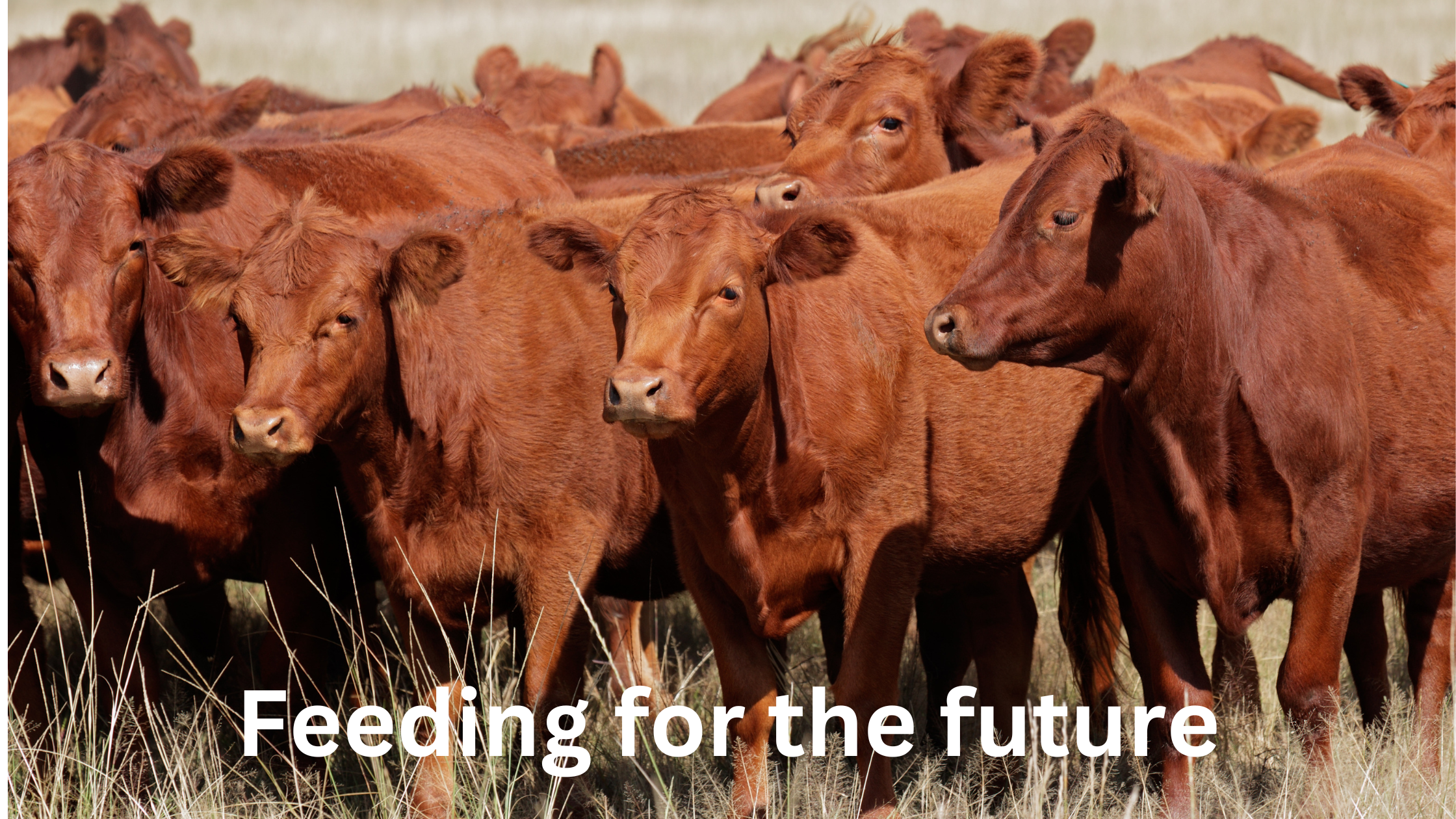A few weeks ago, I wrote a quick overview outlining the dietary needs of a first-calf heifer during her third trimester and postpartum period. But this topic deserves a deeper dive. The way you feed and support your first-calf heifers can mean the difference between a productive long-term herd member or an early cull.
A Long-Term Investment
First-calf heifers require more intensive care and feeding than mature cows. While their first calf may be lighter than average, the resources you invest early can pay off in long-term performance, fertility, and herd longevity. Neglecting her nutritional needs now can delay breed-back or lead to underperformance throughout her productive life.
Growth Timeline & Nutritional Demands
Most heifers reach puberty around 12 months of age, which means they are typically bred at 12–14 months and calve before two years old. At this stage, they’re still growing—pouring energy into skeletal and tissue development.
Even though cows are considered mature at two years, they continue to grow until they’re about seven. And since most cows don’t remain productive beyond 10 years, efficient breed-back is critical to maximizing their value.
Feeding for Two (and Still Growing)
Heifers must support their own development and meet the needs of their calf during late gestation and lactation. That means higher-quality nutrition is non-negotiable.
- Energy demands increase by about 30% postpartum
- Feed intake is limited compared to mature cows, so nutrient density is key
According to the University of Nebraska-Lincoln, an ideal diet for lactating first-calf heifers includes:
- Minimum 62% TDN (Total Digestible Nutrients)
- 10% to 11% crude protein
To meet these needs:
- Provide high-quality, tested forage
- Supplement with silage, distillers grains, corn, cubes, or protein tubs as needed
- Use mineral supplements or grazing on cereal grain pastures for additional support
Separating first-calf heifers or grouping them with other low BCS (body condition score) animals can help ensure they get what they need without competition.
Rumen pH & Nutrient Absorption
Even the best nutrition won’t help if the rumen environment is compromised. Sub-acute ruminal acidosis (SARA) is a common risk, especially when feeding high-energy or concentrated feeds.
SARA causes:
- Lower feed efficiency
- Reduced appetite due to cortisol release
- Compromised immunity and microbial balance
The ripple effects?
- Smaller calves at birth
- Lower colostrum quality
- Decreased milk output
- Delayed breed-back
Using a rumen-buffering supplement can help keep the rumen stable and maximize nutrient utilization.
Monitoring Body Condition
Body Condition Score (BCS) is one of the simplest, most powerful tools a producer has. It can help identify nutritional deficiencies before they become major problems.
In North America, two scales are commonly used:
- 1 to 5: Ideal BCS is 3 to 4
- 1 to 9: Ideal BCS is 5 to 6
Even a one-point drop in BCS can lead to a 25% reduction in breed-back success. Monitoring and adjusting feed before BCS falls too far can save time, money, and stress.
Bull Selection for First-Calf Heifers
In mature cows, heavy, fast-growing calves are the goal. But for first-calf heifers, that strategy can backfire.
Large calves increase the risk of:
- Dystocia (difficult birth)
- Lower milk production (due to nutritional drain)
- Slower breed-back
Choosing a calving-ease bull known for siring smaller birthweight calves is a smart move. It improves odds for a safe delivery and sets the heifer up for a stronger lactation and recovery.
Final Thought
First-calf heifers are a balancing act. They’re still growing, now feeding a calf, and expected to rebreed efficiently. With the right nutrition, rumen support, and smart management, you can turn a first-time mom into a cornerstone of your herd.
Need tools to support nutrient absorption and stabilize rumen pH? Visit Pro Earth Animal Health to explore our natural solutions.





